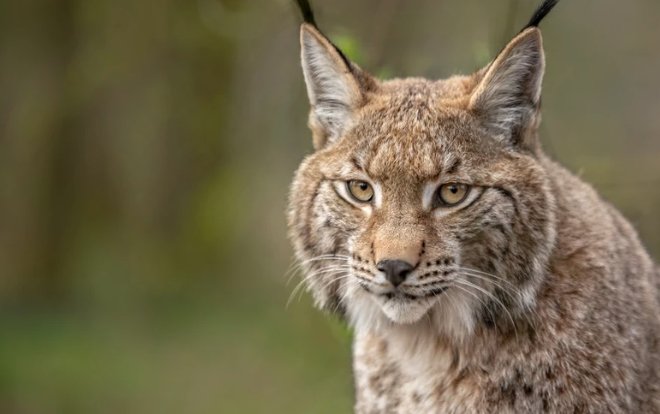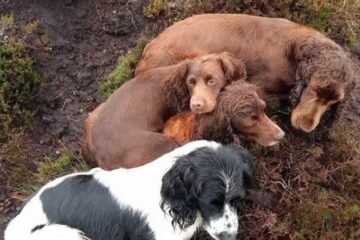Three young female lynx, illegally released into the Cairngorms, are now waiting for a permanent home after completing a month-long quarantine at Edinburgh Zoo. Their unexpected presence in the national park led to an urgent search effort, which ended in both rescue and tragedy.
The Search That Gripped the Cairngorms
The wild cats were first spotted roaming the Cairngorms National Park in early January, raising immediate concerns about their origins and impact on the local ecosystem. Authorities and conservationists quickly mobilized, setting up humane traps and monitoring the area for signs of the elusive animals.
It took several days, but three of the lynx were eventually captured near Kingussie, just south of Aviemore. The operation required patience and precision, as lynx are notoriously difficult to track in the wild due to their stealth and nocturnal habits. Unfortunately, a fourth lynx—a male—did not survive the capture process, adding a somber note to the rescue effort.

Where Did They Come From?
Investigators are still trying to determine who released the lynx and why. These cats, identified as Highland lynx, are not native to Scotland and are believed to have been bred in captivity. Their release into the wild without proper preparation could have led to serious consequences, both for the animals themselves and the local wildlife.
- Lynx were once native to the UK but were hunted to extinction around 1,300 years ago.
- Conservation groups have debated reintroducing them, but no official program exists.
- If these cats were deliberately released, it could be considered a criminal offense under wildlife laws.
With no legal reintroduction programs in place, the incident has reignited discussions about whether Scotland should actively bring back lynx to its landscapes.
Finding a Home for the Lynx
Now safely housed at the Royal Zoological Society of Scotland’s (RZSS) Edinburgh Zoo, the three female lynx are undergoing health checks and acclimatization. Temporary names—A, B, and C—have been given to them, though permanent names will likely follow once a new home is found.
The priority now is ensuring they have a suitable long-term habitat. Experts are considering several options:
| Potential Home | Pros | Cons |
|---|---|---|
| UK Wildlife Park | Close to original location, familiar climate | Limited space, may not mimic wild environment |
| European Sanctuary | Larger enclosures, natural habitat | Long-distance travel stress |
| Private Reserve | Controlled setting, conservation support | Less public education impact |
Dr. Helen Taylor from RZSS explained that the lynx need an environment where they can thrive without risk. “We are committed to finding the best possible home for these beautiful animals, where they can live safely and contribute to conservation efforts,” she said.
Public Response and Next Steps
The case has sparked mixed reactions. Some animal rights groups argue that the lynx should have been left in the wild, while others highlight the dangers of an unregulated release. Meanwhile, local farmers and landowners have voiced concerns about potential livestock predation if lynx were to establish a population in Scotland.
For now, the focus remains on the welfare of the three surviving lynx. RZSS has yet to confirm where they will be relocated, but discussions with wildlife organizations are ongoing.
Authorities are also continuing their investigation into how these cats ended up in the Cairngorms, hoping to prevent similar incidents in the future.


















